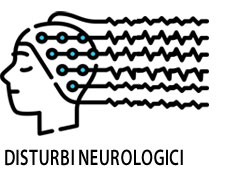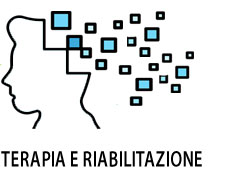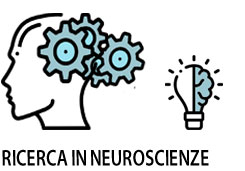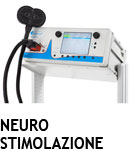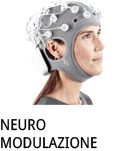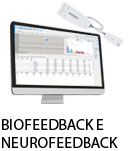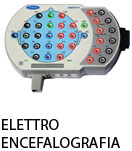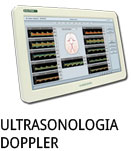- +39 011 5821948
- info@geasoluzioni.it
- Lun - Ven 8:00 - 17:00
Combining noninvasive brain stimulation with behavioral pharmacology methods to study mechanisms of substance use disorder
- Abstract:
- Psychotropic drugs and transcranial magnetic stimulation (TMS) are effective for treating certain psychiatric conditions. Drugs and TMS have also been used as tools to explore the relationship between brain function and behavior in humans. Combining centrally acting drugs and TMS has proven useful for characterizing the neural basis of movement. This combined intervention approach also holds promise for improving our understanding of the mechanisms underlying disordered behavior associated with psychiatric conditions, including addiction, though challenges exist. For example, altered neocortical function has been implicated in substance use disorder, but the relationship between acute neuromodulation of neocortex with TMS and direct effects on addiction-related behaviors is not well established. We propose that the combination of human behavioral pharmacology methods with TMS can be leveraged to help establish these links. This perspective article describes an ongoing study that combines the administration of delta-9-tetrahydrocannabinol (THC), the main psychoactive compound in cannabis, with neuroimaging-guided TMS in individuals with problematic cannabis use. The study examines the impact of the left dorsolateral prefrontal cortex (DLPFC) stimulation on cognitive outcomes impacted by THC intoxication, including the subjective response to THC and the impairing effects of THC on behavioral performance. A framework for integrating TMS with human behavioral pharmacology methods, along with key details of the study design, are presented. We also discuss challenges, alternatives, and future directions.
- Patologie/Applicazioni:
- Anno:
- 2023
- Tipo di pubblicazione:
- Articolo
- Parola chiave:
- neuroplasticità; TMS; stimolazione magnetica transcranica; dipendenze; cannabis; brain stimulation
- Testata scientifica:
- Frontiers
- Mese:
- 07
- Nota:
- L'articolo descrive uno studio interessante che si concentra sull'uso combinato di delta-9-tetraidrocannabinolo (THC) e la TMS (stimolazione magnetica transcranica) guidata dal neuroimaging in individui con problematiche legate all'uso di cannabis. In particolare, si vuole comprendere come la stimolazione della corteccia prefrontale dorsolaterale sinistra (DLPFC) possa modulare la risposta agli effetti del THC, inclusi sia la percezione soggettiva degli effetti del THC che l'impatto sulle performance comportamentali dei partecipanti. Dalla ricerca emerge che la TMS guidata da neruoimaging,in questo studio somministrata con la bobina A/P MagVenture Cool-B65 in doppio cieco, potrebbe essere utilizzata come strumento per influenzare e studiare gli effetti della cannabis sul cervello aprendo la strada a potenziali nuove terapie o strategie di gestione per individui con uso problematico di cannabis.
- DOI:
- 10.3389/fnins.2023.1150109
Hits: 704
La nostra storia
GEA soluzioni si affaccia nel 2013 al mercato della strumentazione medicale di alto livello tecnologico ma la sua storia parte da più lontano, clicca qui per approfondire.
GEA SOLUZIONI SRL
via Spalato 72/A, Torino
Tel.: 011 5821948 / 011 4463853
Fax: 011 0433281
Email: info @ geasoluzioni.it
P. IVA IT11696920013
REA TO1233648

